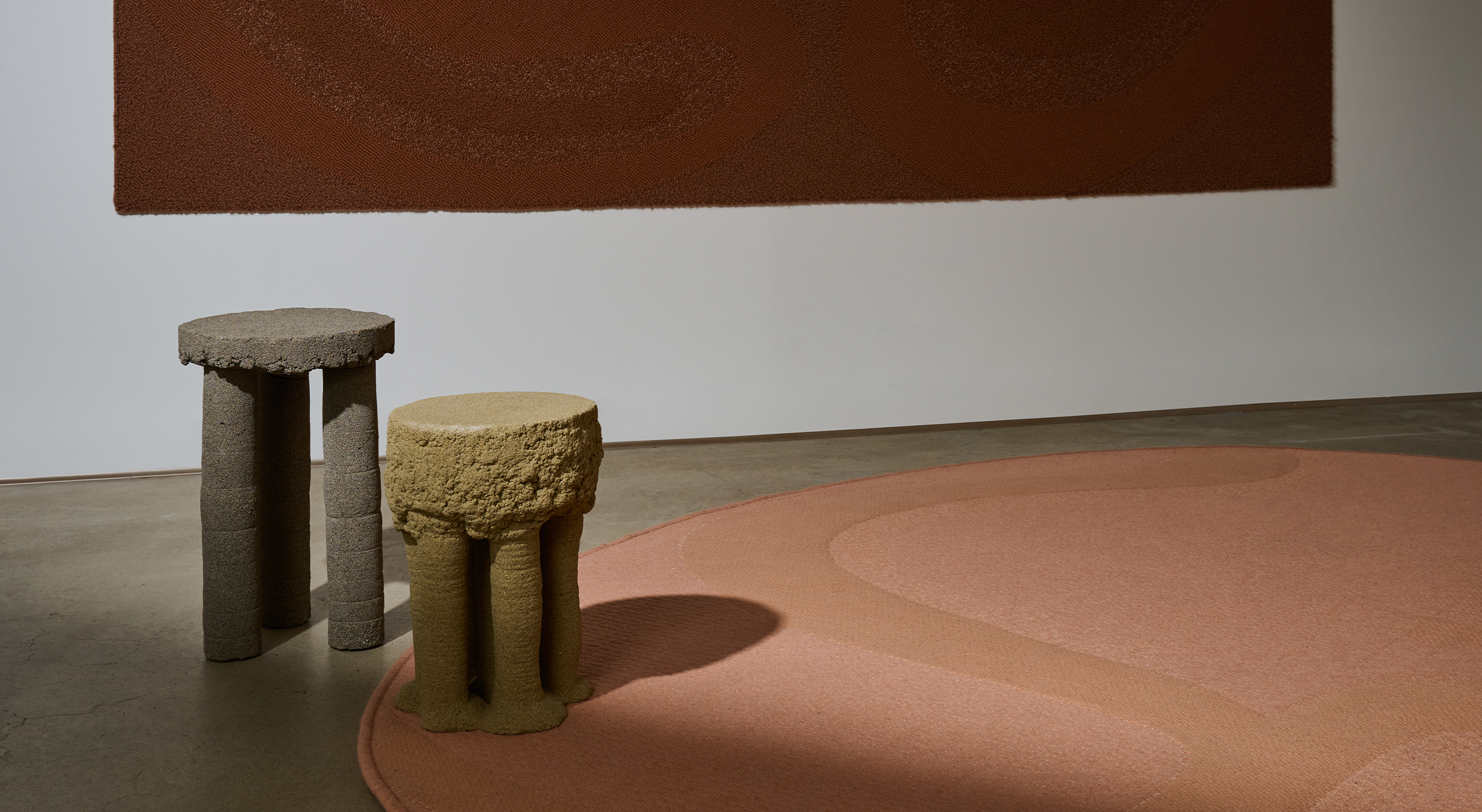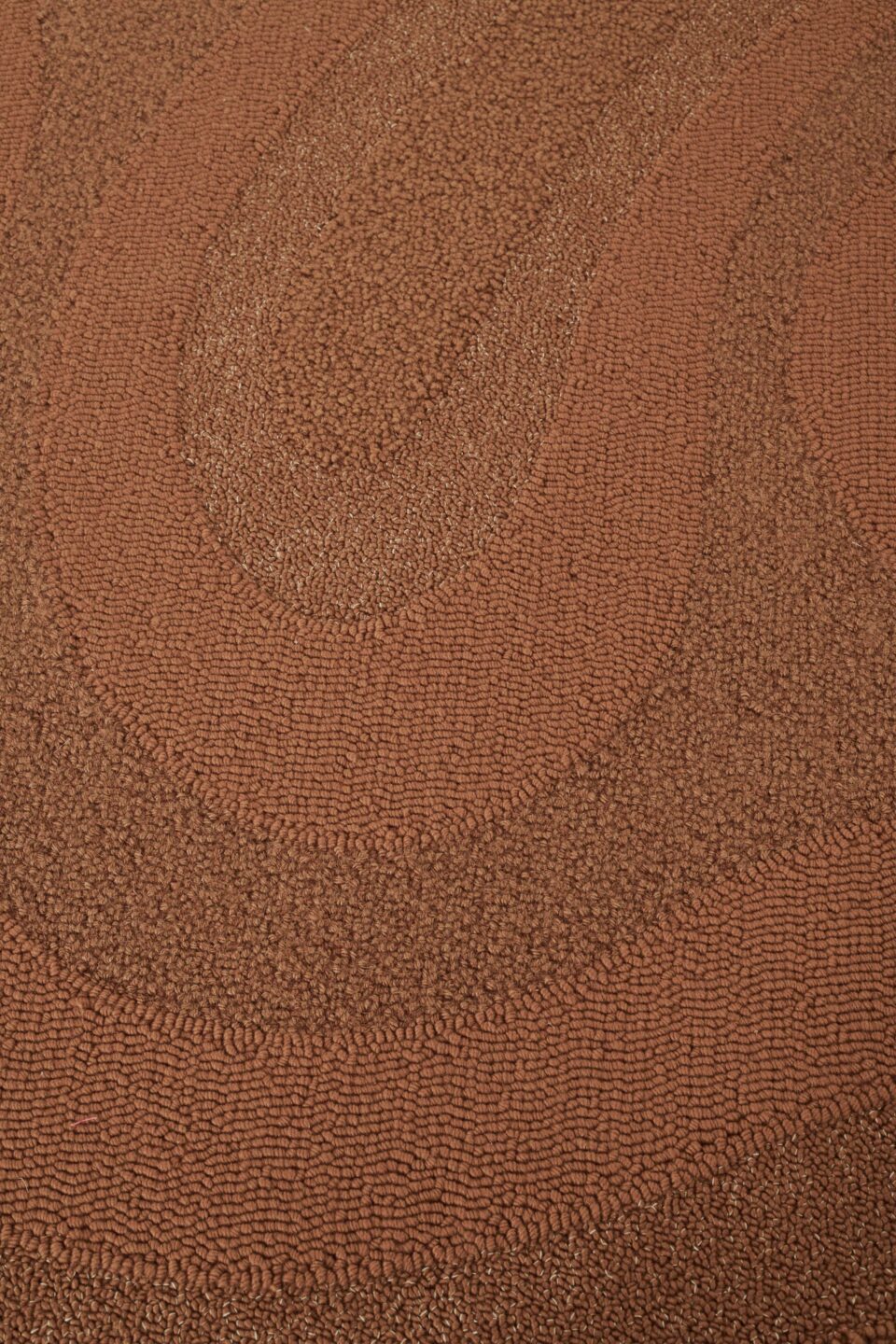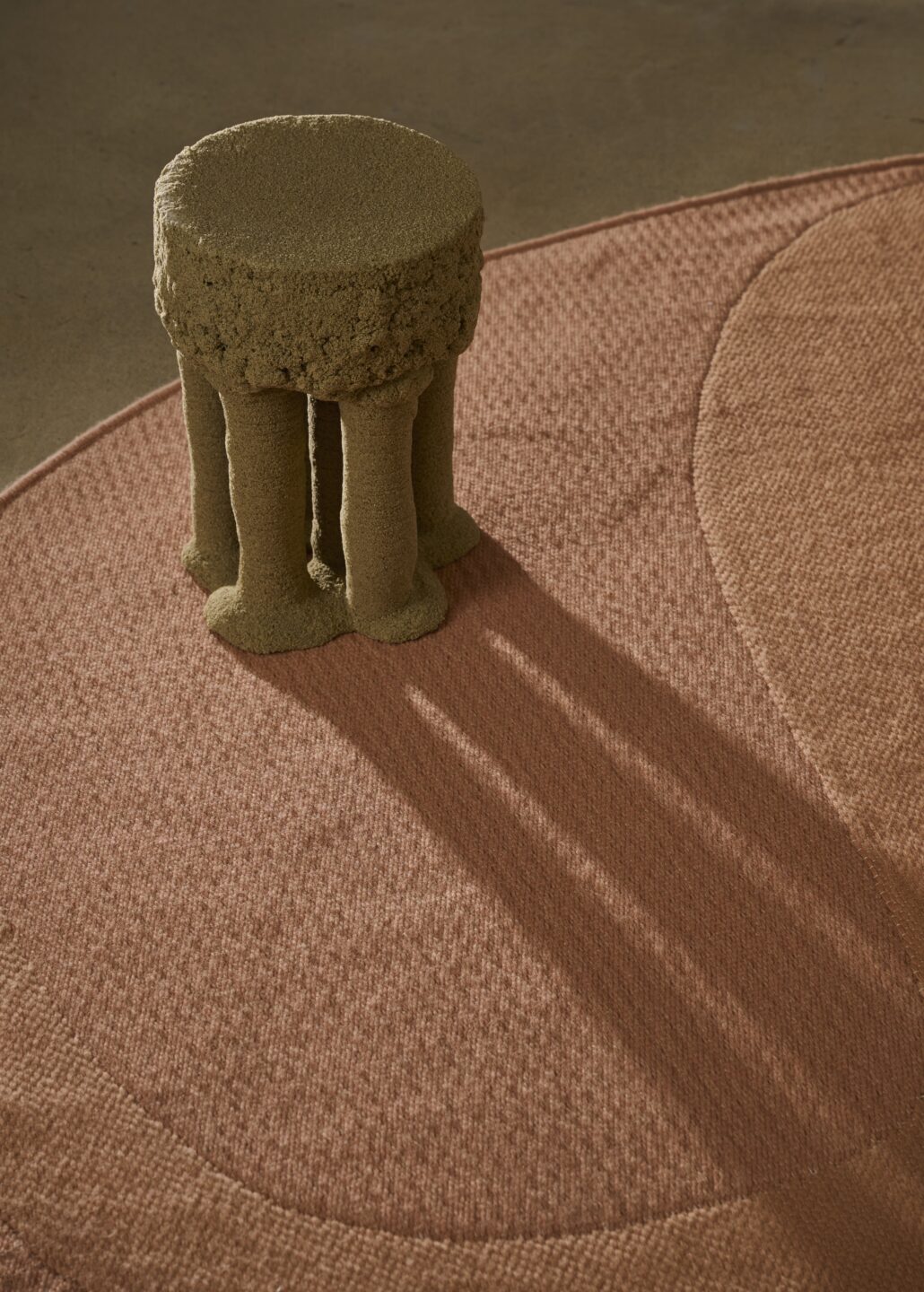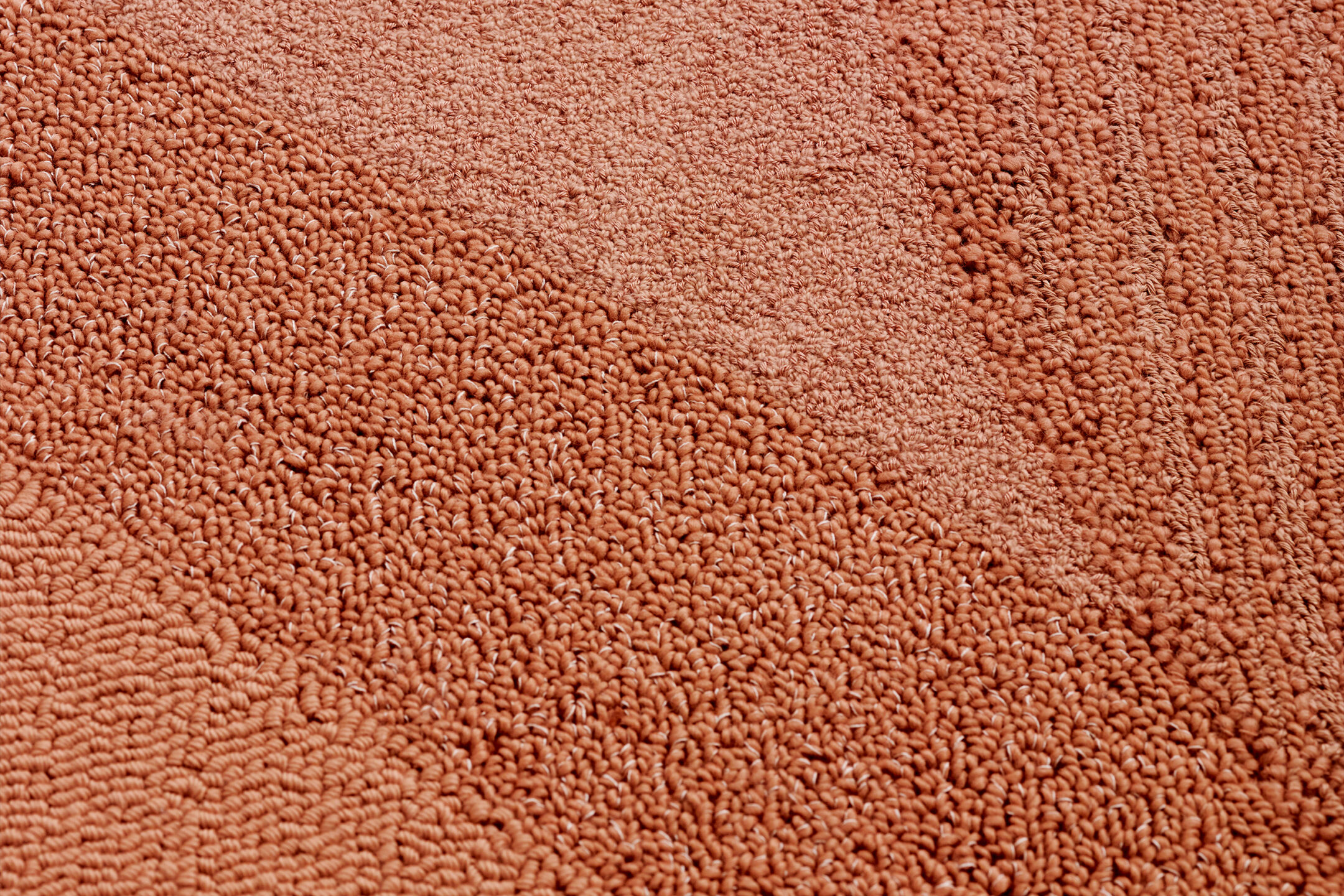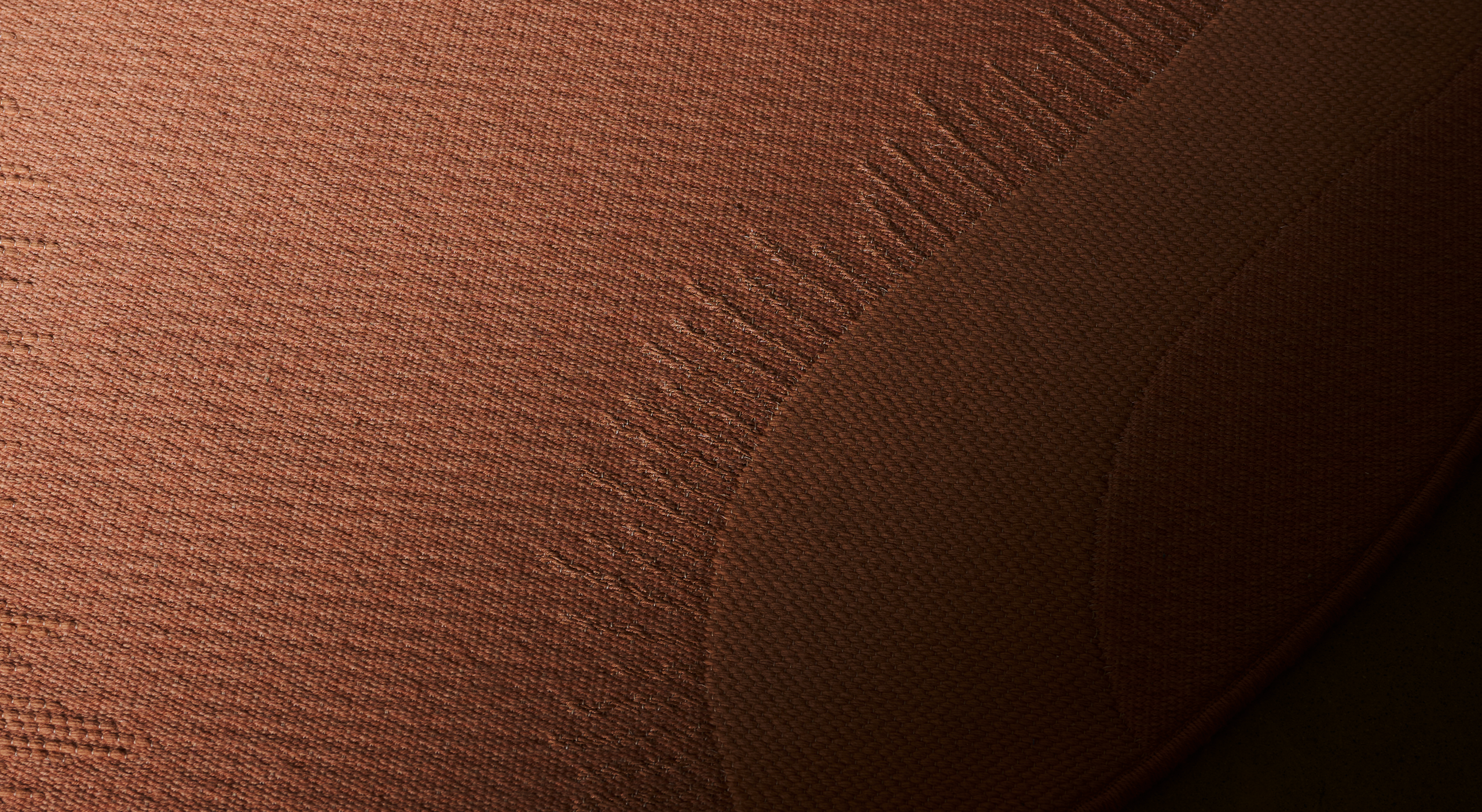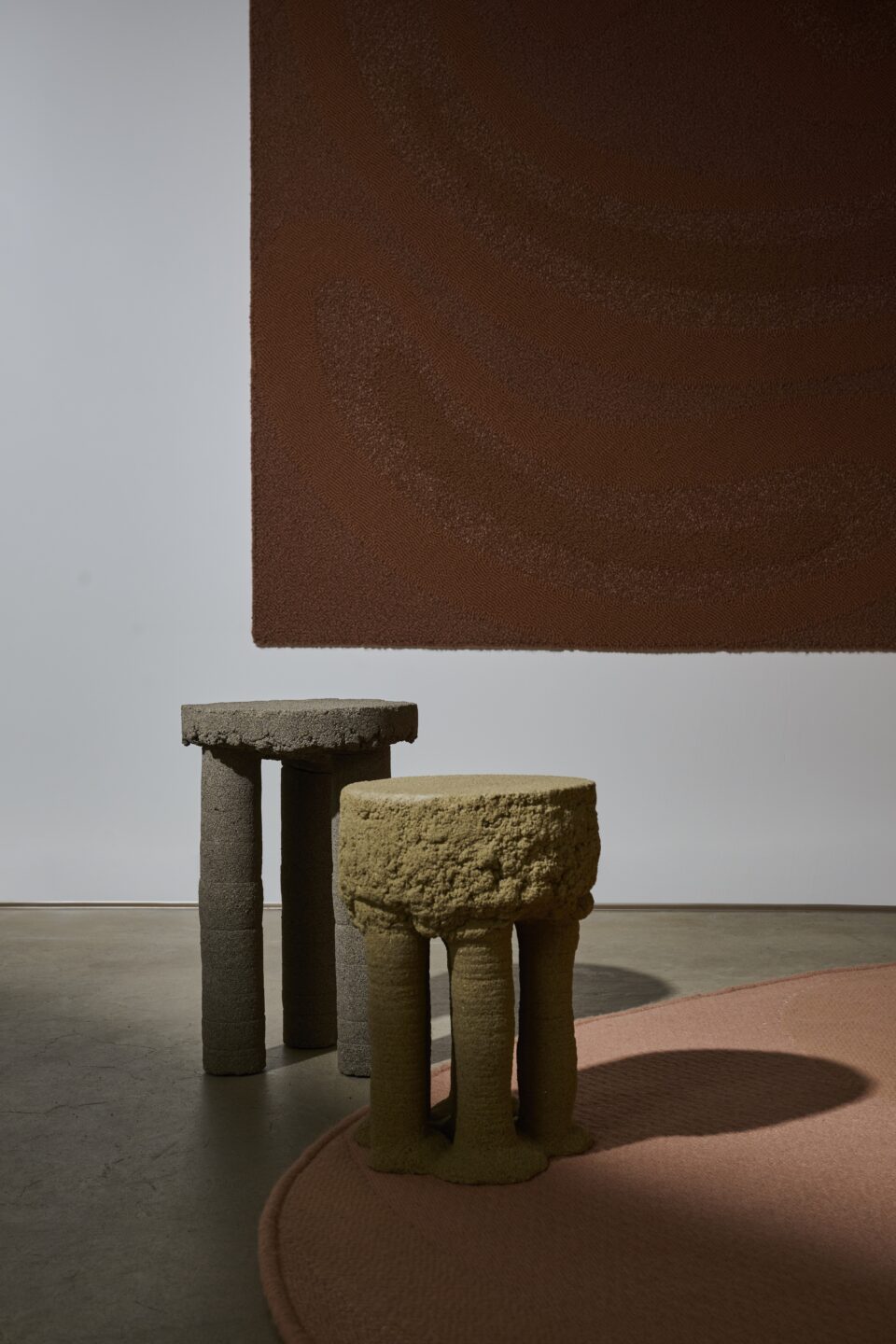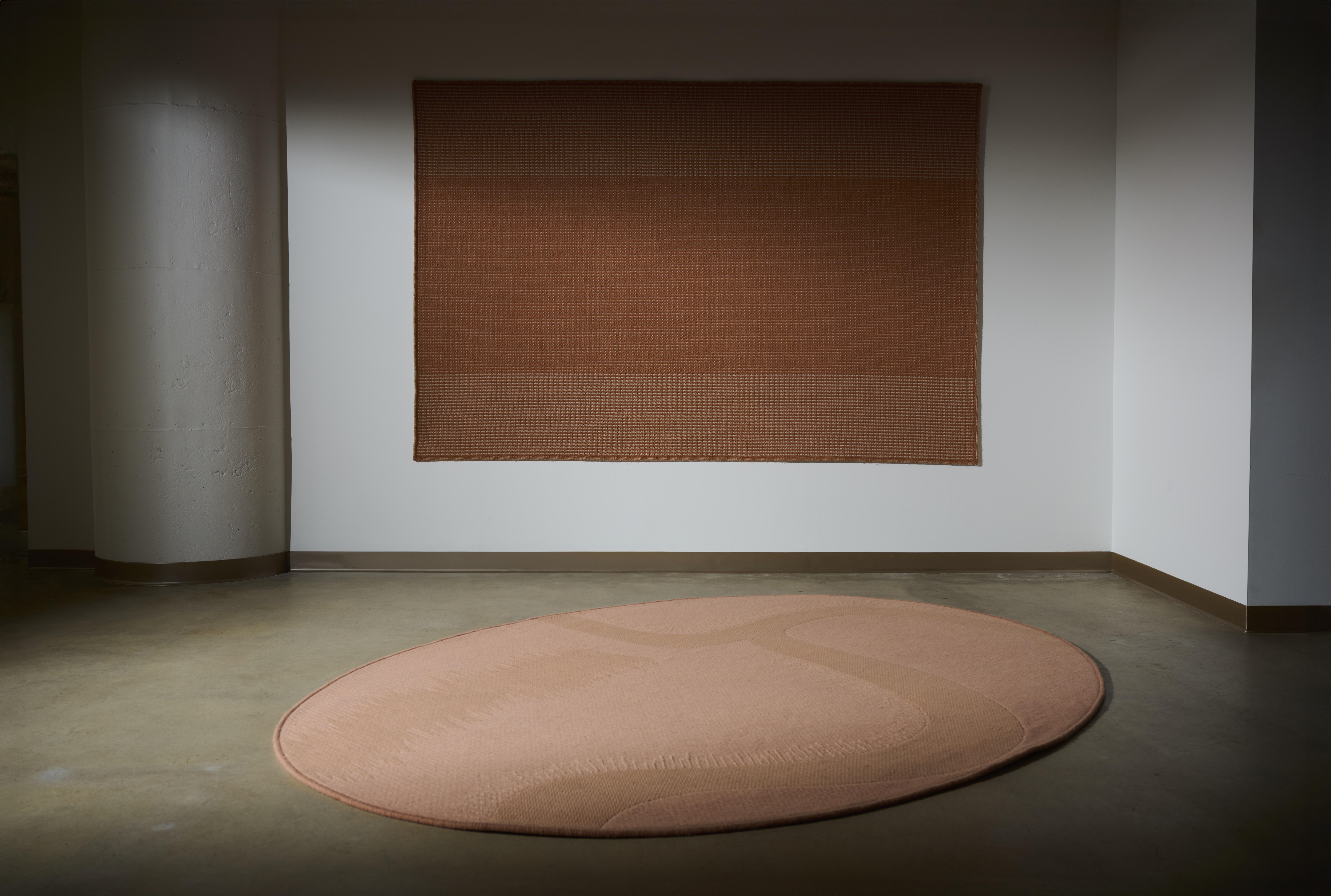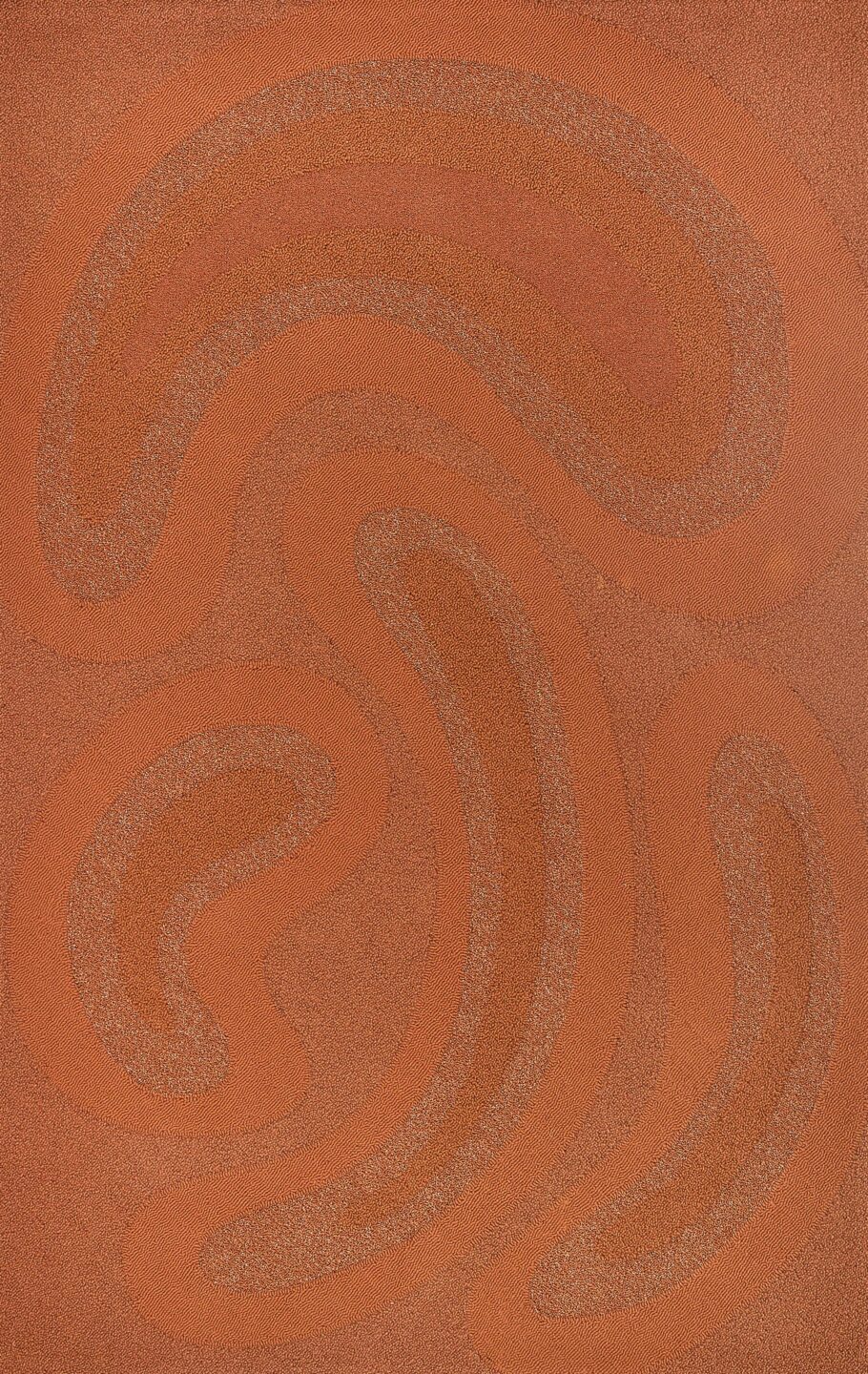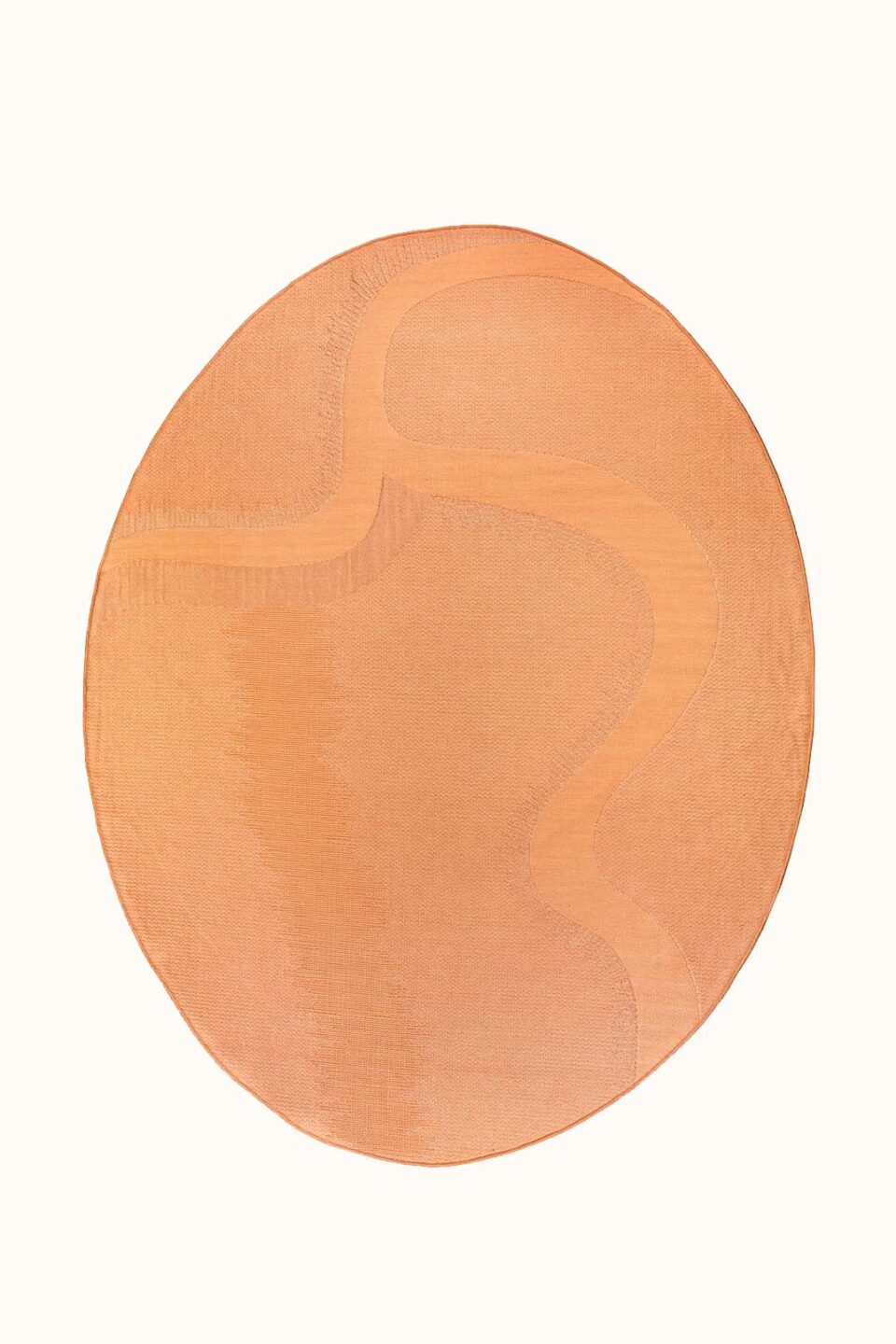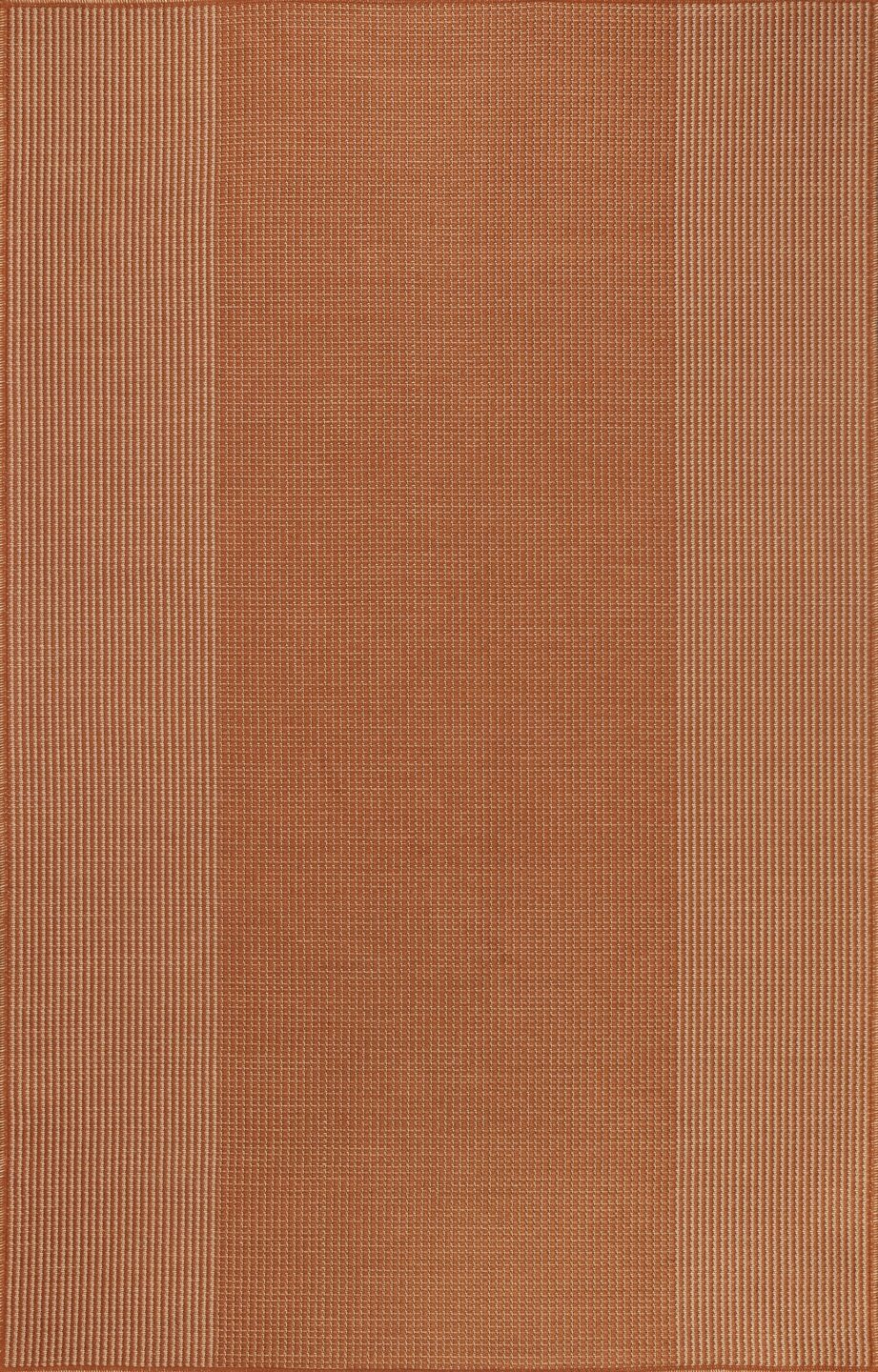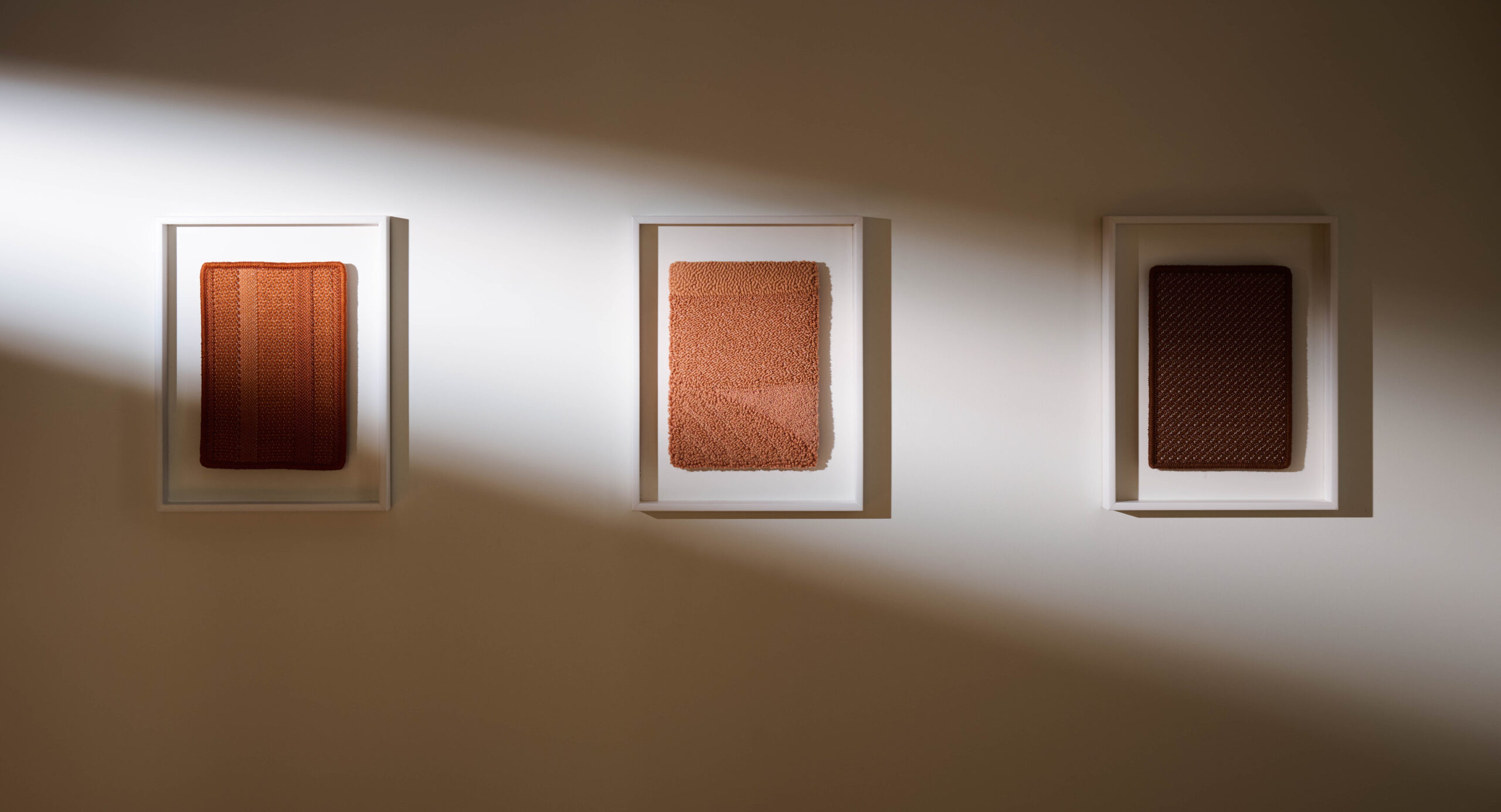Return, Return Again
Each of the studio’s works is impressionistic and experienced fully only through a multitude of experiences. Externally, the light of day manipulates the textural surfaces, and the seasons change their tone, shifting shadows concealing and revealing as time passes. Internally, your interpretation of the piece changes as you do, caught in an overdetermined loop as the piece changes you and you change the piece.
Mirroring this relationship, the curation speaks to the cyclical elements of nature, evoking the external landscape while provoking the internal.
With each element conditioned by its opposite—the dark being necessary to know the light, and each being found in the other—the exhibition turns your attention to the beauty of this inextricable connection: the essential impermanence of beauty and the inherent beauty in impermanence.
As fleeting as the moment of golden hour is, you know it will come again tomorrow; but somehow there is this tension. I think there’s an awareness there in the individuality of moments… that even though you will see another golden hour tomorrow, that golden hour will not be the same as this one, because one moment can never be exactly the same as the last.
Sarah Barkowski, Curator
